Exploring Huni Kuin Canela de Velho Rapé
The production of Canela de Velho Rapé, offered by Sacred Medicine worldwide, takes place in the Igarapé do Caucho village within the Indigenous Land of the same name, situated in Taraucá county, Acre state, northern Brazil. This village is home to approximately 900 individuals comprising 187 families from the Pano linguistic group.
Ingredients of Huni Kuin Rapé – Canela de Velho
This Huni Kuin Rapé incorporates the ashes of the Canela de Velho tree and Rustica Tobacco, blending medicinal elements to create a potent medicine.
Sabiá Tobacco
Derived from Nicotiana rustica, this tobacco variation is processed into ropes or thick vines for indigenous medicinal purposes. The twisting of these ropes involves harvesting, drying, and fermenting Sabiá tobacco leaves, resulting in handmade tobacco cylinders known as rope tobacco. Considered exceptionally potent, Rapé blends containing Sabiá tobacco are favored in traditional healing ceremonies and sacred rituals, believed to possess potent curative properties for both body and spirit.
Canela de Velho
Miconia albicans, rich in bioactive compounds such as flavonoids, rutin, alpha-amyrin, and quercetin, provides anti-inflammatory, antioxidant, and analgesic properties when added to the Rapé mixture. Known as Old Man’s Cinnamon, this plant is commonly used in natural treatments for rheumatism and arthrosis due to its soothing effects on joint pain, swelling, and inflammation. Although similar in some effects to Caneleiro (Cenostigma macrophyllum Tul), Canela de Velho offers unique and specific benefits, including delaying skin aging, preventing diabetes, and protecting against certain types of cancer by shielding cells from free radical damage.
Huni Kuin
The largest ethnic group in Acre state and present in the South Amazon, the Huni Kuin comprises over a hundred villages scattered along rivers including Breu, Envira, Humaitá, Muru, Purus, and Tarauacá. Huni Kuin communities span from the base of the Peruvian Andes to the Brazilian borders. The term “Huni Kuin,” translating to “true men” or “true people,” refers to various indigenous groups belonging to the Pano linguistic group, sometimes interchangeably referred to as Kaxinawá.
Cultural Aspects
Huni Kuin culture is steeped in rituals, including Nixpupimá, a rite of passage marking the differentiation of genders among children, similar to baptism. The Katxanawá, or fertility ritual, involves singing and dancing, where both men and women participate equally. Other rituals such as Txidin, Dau, and marriage traditions contribute to the rich cultural tapestry of the Huni Kuin.
Shamanism
Shamanism plays a significant role in Huni Kuin culture, with Mukaya shamans believed to possess healing powers. Modern Huni Kuin engage in shamanic practices, although differing from traditional Mukaya ways. Each Kaxinawá group has unique shamanic customs, but secrecy regarding healing abilities remains common among modern shamans.
The Power of Healing of Shamanic Snuffs
Shamanic snuffs like Rapé play essential roles in the medicinal practices and traditions of numerous native communities across Central and South America. These sacred medicines, revered for their healing properties, require dedication, respect, and gratitude to harness the powers of nature for healing the body, mind, and spirit.
Effects of Rapé
Rapé offers spiritual and mental cleansing, strengthens intentions, and amplifies visions when used respectfully. Physically, it detoxifies, heals wounds, reduces fatigue, and purges harmful substances from the body. Leaves from various tobacco plants, including Awiry, are frequently used, offering healing benefits for both body and spirit.
In essence, Rapé embodies the sacred traditions and healing practices of indigenous communities, offering profound spiritual, mental, and physical benefits when used with reverence and respect.
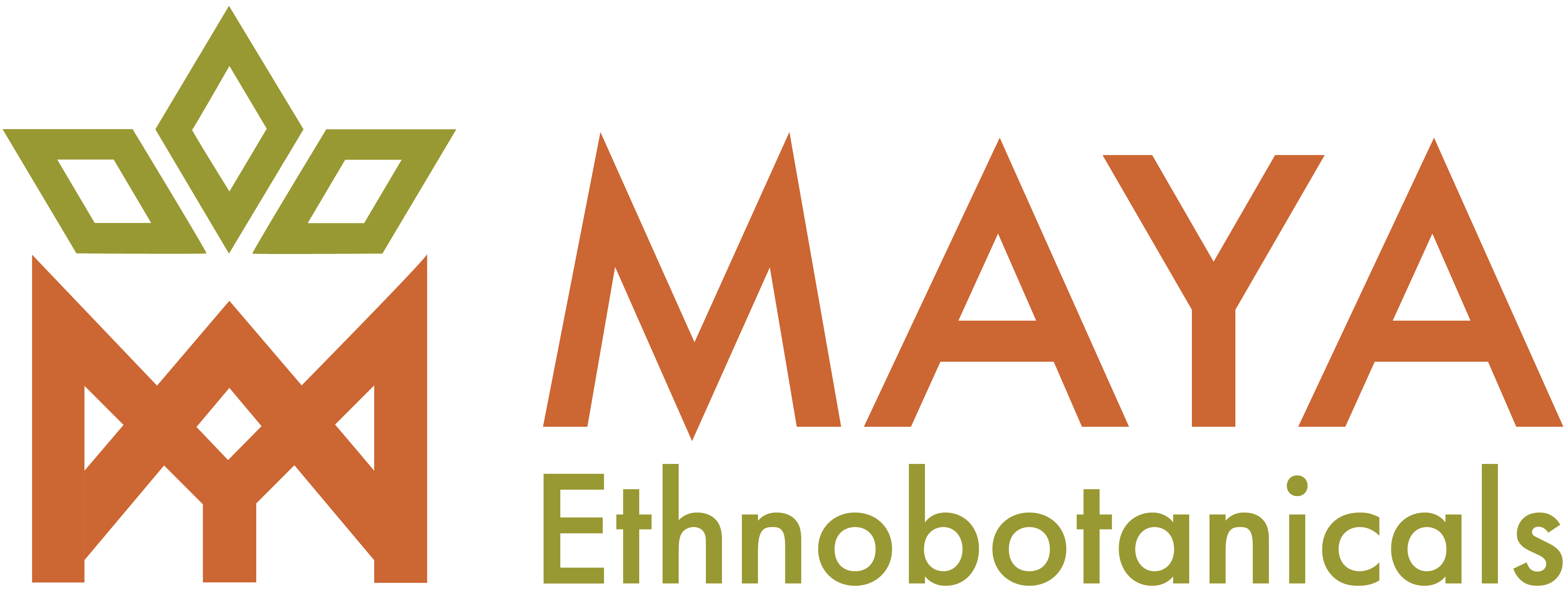
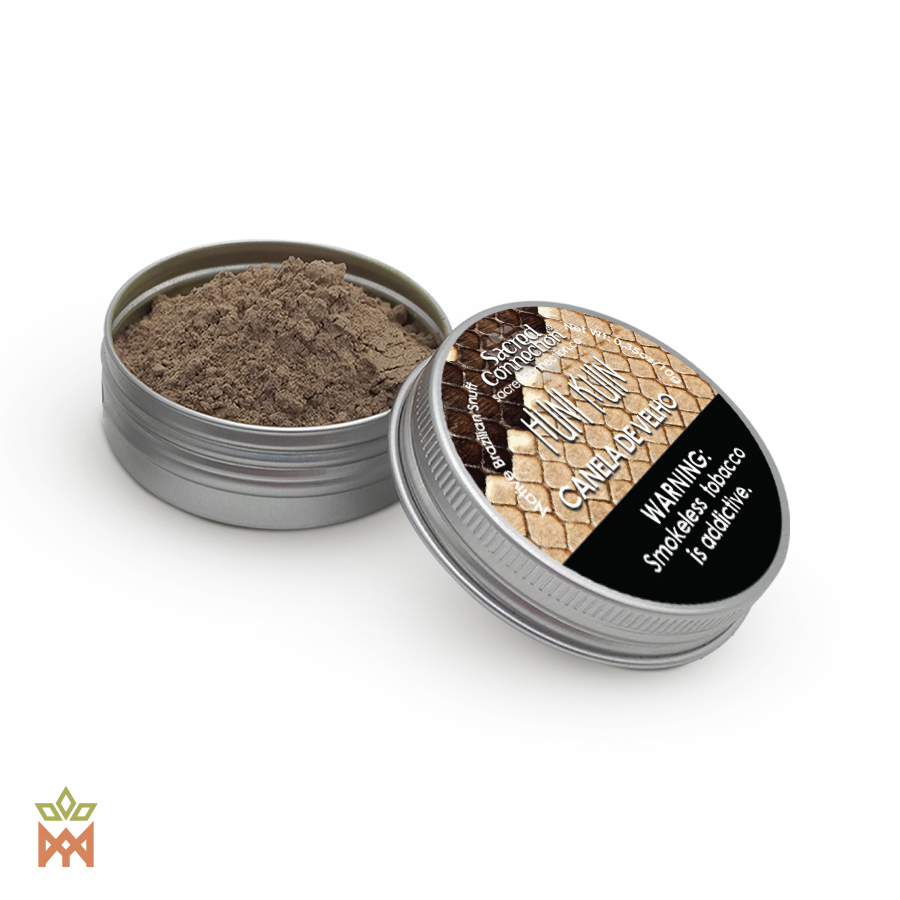
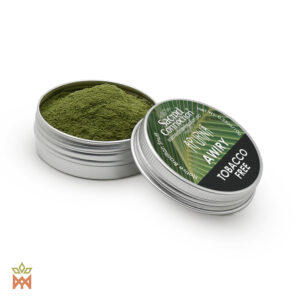
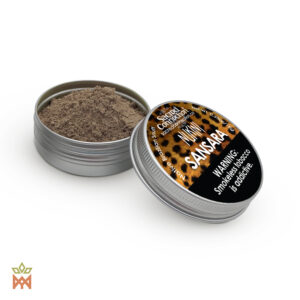


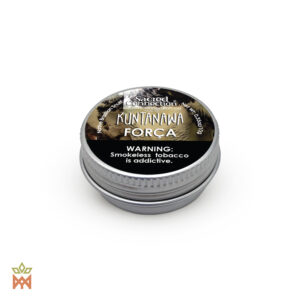
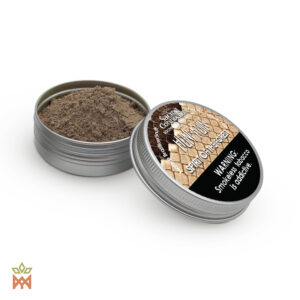
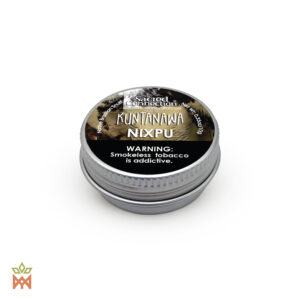
Reviews
There are no reviews yet.